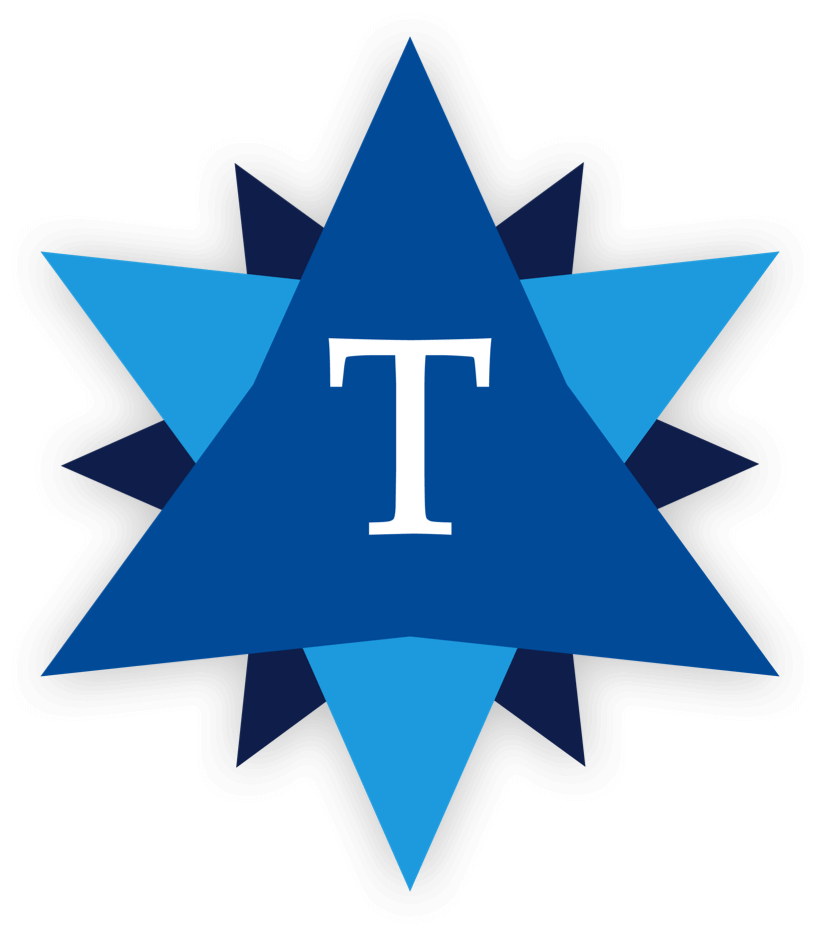Best of Breed vs Best of Suite
Tambellini Executive Advisory Council
![BestOfBreed-TTG-TopOfMind-750x350[1]](https://www.thetambellinigroup.com/wp-content/uploads/2018/03/BestOfBreed-TTG-TopOfMind-750x3501-1.jpg)
One big question regarding higher education enterprise software has long been whether an institution should circle their wagons around a single-vendor approach or select a collection of best-of-breed solutions to meet institutional operational and strategic needs. While legacy higher education Student Information Systems and Enterprise Resource Planning software providers have focused on the academic and financial needs of an institution, their product-focus on human capital management has been weak. The lack of an integrated data approach for all business needs in a single software solution has traditionally made it more difficult for institutions to make data-driven decisions. Instead, the complexity has created an over-reliance (and bottleneck) within the Information Technology or Institutional Research departments as they are relied upon to produce even the most basic reports.
Both Workday and Unit4 have been providing competition recently against the traditional approach from legacy providers. There has been a renewed focus on how the higher education ERP can better meet all institutional needs. These next-generation ERPs focus not only on academic requirements, but also encapsulate the bigger picture—human capital management, financials, and the core student system. The strategy for some of the legacy vendors has been acquiring bolt-on solutions and piecing them together with a packaged integration to keep data synchronized between multiple systems.
Many would agree that having one system of record that presents authoritative data is the ideal. The more a software provider tries to pack into a single solution, the less capable they are in having specialized focus on the periphery functionality that is not core to their solution. In a best-of-suite approach, the provider maintains a robust core system but often with watered down supporting feature sets. The best-of-breed approach provides a selection of concentrated point solutions that together meet institutional needs; however, institutions need to determine how to stitch all the data together for reporting and a cohesive data governance strategy. As such, best-of-breed requires a heavy focus on the integration of data.
Regardless of the core solution selected, institutions will find that they need to utilize best-of-breed solutions for some of the ancillary functionality not delivered in the core system. No single solutions provider delivers all of the functionality necessary to meet all institutional needs. Therefore, the institution must consider several factors before deciding if best-of-suite features can be utilized or if it is better to use other platforms that excel in specific functional areas to provide a best-of-breed approach. These factors include:
Staffing: Is the IT department equipped to provide initial and ongoing support to integrate data between two systems? Is the institution committed to providing additional support staff as the size of the service portfolio increases?
Integration complexity: Integrations range from one-way data exports using ETL tools to complex bi-directional real-time integrations. Integrations can become complex very quickly. Increased complexity increases personnel costs required to support the solution. What trade-offs are functional areas within the institution willing to make regarding data synchronization and real-time information to decrease the cost of maintenance? If they are not ready to reduce their requirements, are they committed to increasing IT staffing to support the growing portfolio of services?
Upgrade cycles: A best-of-breed approach means that the organization must build time into every product’s upgrade cycle for code maintenance and regression testing. In a best-of-suite solution, this is typically handled by the software provider. However, with best-of-breed, the institution may be in a small group of organizations with the same set of software solutions integrated; therefore, the integrations challenges are unique to that specific setup.
Enterprise Service Bus: Enterprise software solutions have matured significantly in recent years. Web services and APIs are expected, rather than having to connect directly to databases or using proprietary ETL tools. It is essential to select an enterprise service bus to integrate disparate systems together.
Cost: Best-of-breed solutions almost always add to costs over best-of-suite. While the price difference is often apparent from the hard costs alone, organizations sometimes overlook the soft costs. These costs include additional work related to design, personnel, training, and integration efforts. The total cost of ownership, including both hard and soft costs, need to be calculated for best-of-breed solutions.
Regardless of the approach, integrating data across all platforms is essential. Gone are the days that various functional areas can live in silos. Key metrics and data must be shared institution-wide for the institution to remain agile and respond more quickly to constituent expectations and business needs. A comprehensive and integrated approach is required.
Categories
Share Article:

Other Posts From this Author:
© Copyright 2025, The Tambellini Group. All Rights Reserved.